The TCRC organized its fourth public lecture under the ‘lecture series programme’ of Dr Berit Hildebrandt on titled, ‘The Interpretation Of Ancient Greek And Latin Texts On The Indian Silk Trade’ on 21st December 2018 at the conference hall at Handicraft and Handloom Museum, New Delhi.
Dr Jasleen Dhamija, the well-known scholar in the textile field, was the chief guest of the programme. Dr Anamika Pathak introduced the TCRC and its event organized so far, to the audience. Mr. Nasir Ali introduced the speaker by her academic achievements and experiences.
Dr Berit spoke about the Indian silk trade references appeared in the archival records. The presentation focused on the variety of archival sources of first century BCE. She shares that during this period, silk became a much sought-after commodity in Rome and Greek and Latin texts on the Indian silk trade. Because most of the ancient authors had no knowledge about the production of silk (many assumed that it grew on trees like a kind of cotton), we can often only hypothesize which materials and fabrics they referred to. She presented their textile terminology, their descriptions of these silks and the places where Roman merchants could buy them, and ask if and how the written sources can be used to reconstruct the actual silk textiles.
An encouraging comment came from Dr Jasleen Dhamija ‘ Amazing facts about the Indian Silk’.The lecture was well attended with eminent historians, scholars, academicians and students, some of the prominent ones were; Dr Asha Baxi, Dr Charu Smita Gupta, Dr Simmi Bhagat, Dr Edward Eilern, Dr Paula, Mr. Madhavender and Dr. Nuzrat Hum. Nasir Ali offered the vote of thanks to the speaker that the new archival information given by the speaker is indeed very valuable.

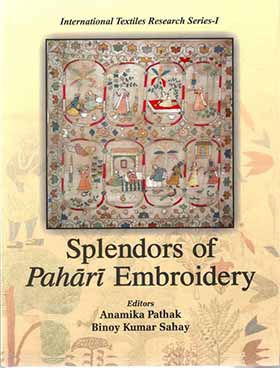
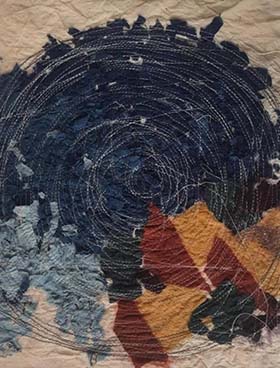
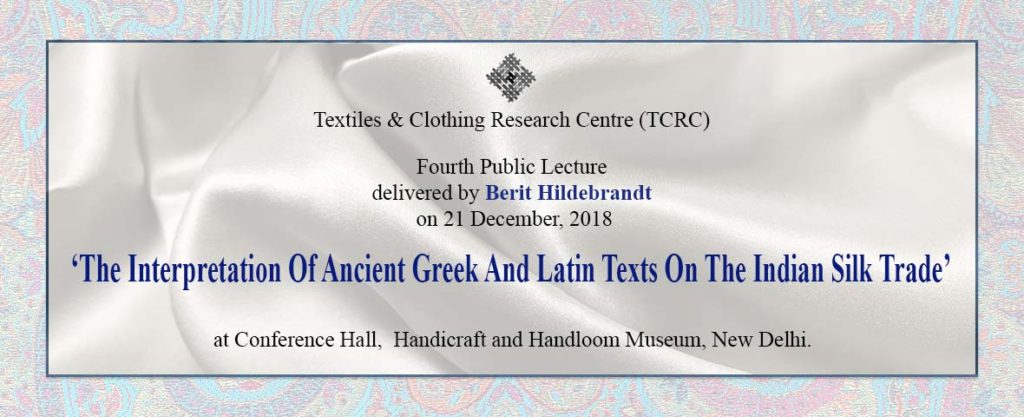
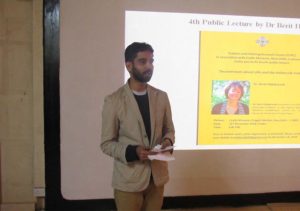
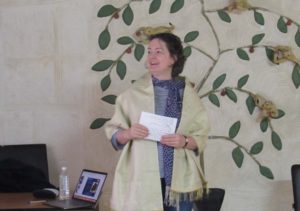
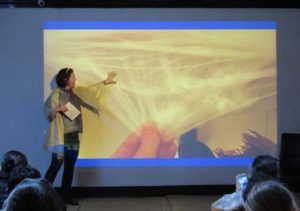
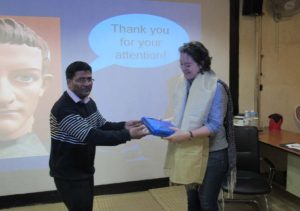
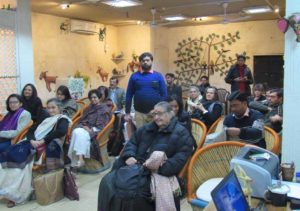


very good put up, i actually love this web site, carry on it